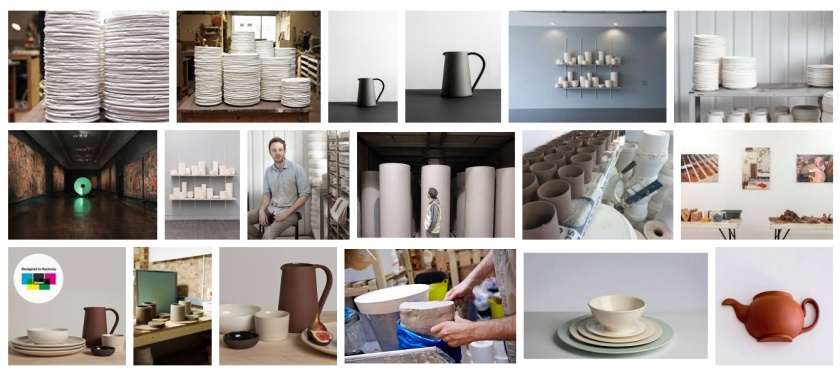All the Contrasts of Ashton Meadows made the identity of the site very explicit to me. Up until that point I had been casting natural objects found on site. However, it was clear that the site had industrial elements as well as being misused by the public. In order to capture the full identity of the site I had to return and collect a range of objects which encompassed the site holistically – this essentially meant collecting rubbish.
I now had a wealth of organic and inorganic objects which could be cast and assembled together. And some of these objects were beautiful!
Having stacked the moulds of disposed drinks cans, graffiti spray cans and packets I cast the assembled moulds. The different elements can be stacked in varied orders. This provided me the opportunity to create individual pieces from a process commonly associated with mass production.
I have become more interested by the insides of these ‘stacks’. As discussed previously, the exteriors can be very rough. In the past I have enjoyed the contrast between rough and smooth. However, I wanted to see what the interior would look like as an exterior, so after casting the stack I poured plaster into the void. The results can be seen above. Although the results here can be debated I think there is clearly an avenue to investigate further.









































































